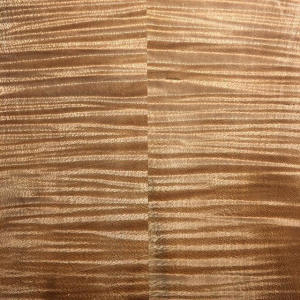The Wood
 The wood I use as a violinmaker is fundamental to the success of my violins. Despite our best efforts to craft, varnish, and setup a new instrument perfectly, if the wood that comprises a new violin is substandard, the instrument will never be great.
The wood I use as a violinmaker is fundamental to the success of my violins. Despite our best efforts to craft, varnish, and setup a new instrument perfectly, if the wood that comprises a new violin is substandard, the instrument will never be great.
The spruce of my violins largely originates from two tonewood dealers in northern Italy. The wood must be low in density, resonant, and correctly prepared in all dimensions. While the appearance of the spruce is less showy than its maple counterpart on the back of the instrument, good spruce also displays a glimmering reflective surface that is accentuated under a well-applied varnish.
The maple of my violins comes from various countries. Most of my wood is cut in the Balkan countries of Bosnia, Montenegro, Slovakia, Slovenia, and Romania. Like the spruce, the maple must also first and foremost offer good acoustical properties. Unlike spruce, the appearance of the maple backs, sides, and neck of the instrument can vary greatly from the very plain, unflamed to the deeply curled, visually striking wood that appears almost alive with light and movement. On occasion, other woods such poplar and willow are used in viola and cello making when their use would impart a desired tonal quality in the finished instrument.
Once wood has been selected, it is stored and dried and allowed to stabilize as it passes through cold and warm weather, dryness and humidity, winters and summers. Most of the new instruments that I am making now are using spruce that is fifteen to twenty years old and maple that is five to twenty years old. Using properly seasoned wood improves both the stability and tone of the finished instrument.

